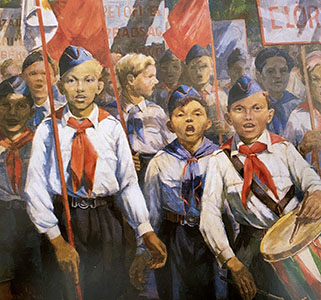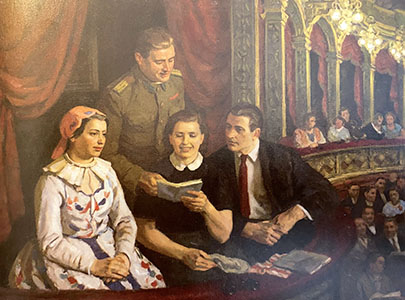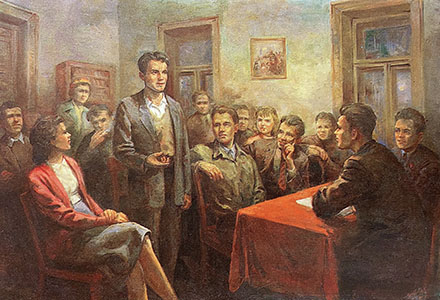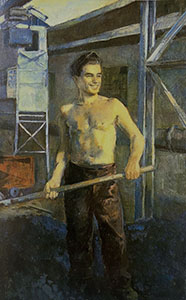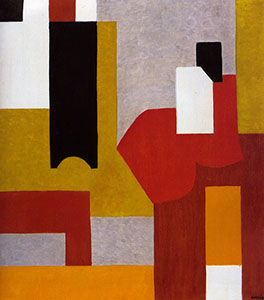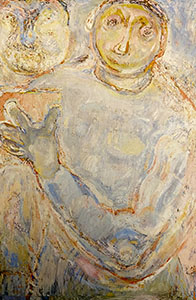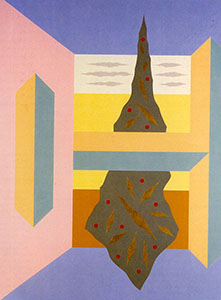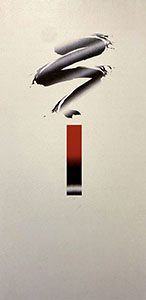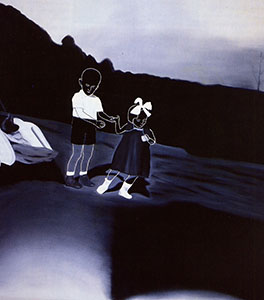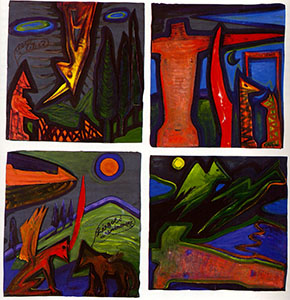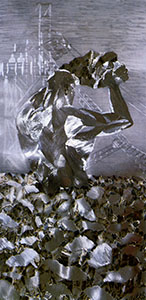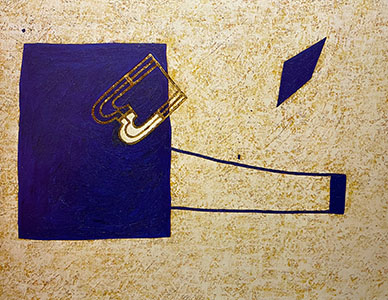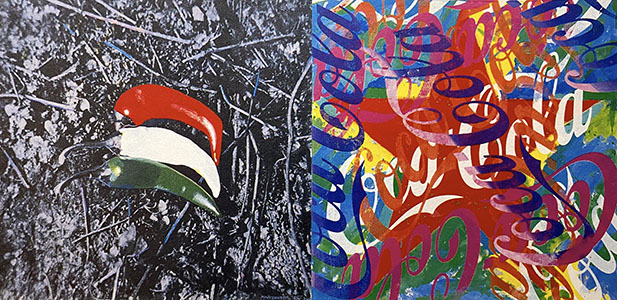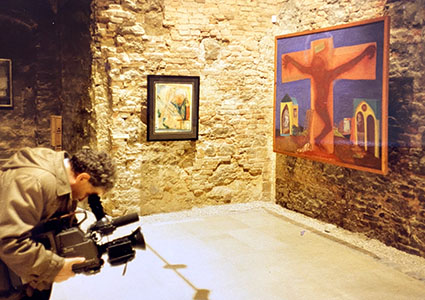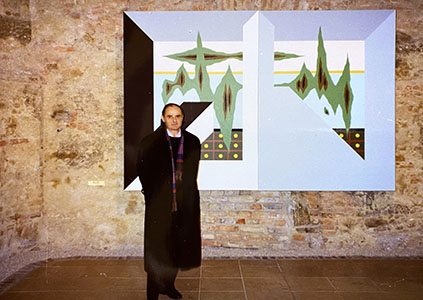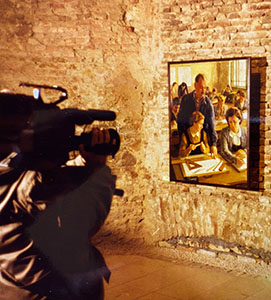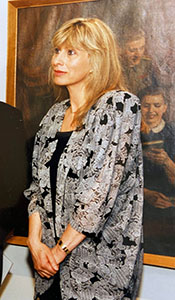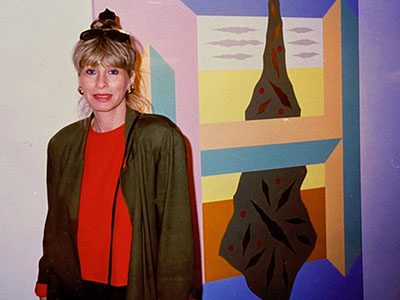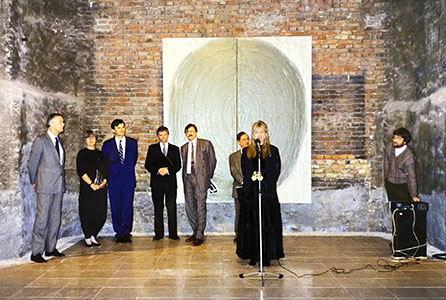
HUNGARY
BEFORE AND AFTER
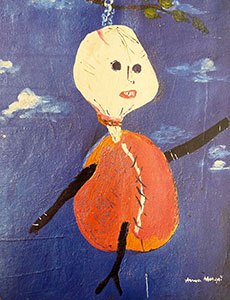
A retrospective of Hungarian art from the postwar totalitarian regime to the present, this exhibition featured paintings of 28 Hungarian artists. Shown in Washington, D.C., New York and Budapest, the exhibit vividly illustrated the relationship between artistic creativity and political power (socialist realism) highlighting the demagoguery of the 1950s, followed by the vibrant, iconoclastic art movement of the 1960s and 1970s (transition/underground), and leading up to the unfettered freedom of expression and creative diversity of the late 1980s and l990s (contemporary).
The Mayor of Budapest, Gabor Demsky, presented this historical perspective at the exhibition’s opening: “This exhibit presents the most sophisticated works of both the ‘official’ and the underground artistic trends of post World War II Hungary. Through this stark contrast, the exhibit effectively captures the mood and the feeling of the irrational era of Communist ideology and presents the background for the peaceful but dramatic social, political and psychological changes that followed.”
The first period, the 1950s, was a relatively short artistic era where the themes, images and subject matter were dictated by the rigid socialist government, reflecting the demands and assignments of the Stalinist cult. Artists who rebelled and who refused to comply, were denied visibility and access to artistic materials and exhibition. According to art historian Katalin Néray, Director of the Ludwig Museum, Budapest, “The 1960s and 1970s that followed the revolution of 1956 saw changes despite the continued merciless persecution of artists perceived by the power structure as belonging to the avant-garde school. The open struggle during the 1980s by the democratic opposition against the power structure had begun, and paralleling that, the reformist members of the power structure began to dismantle the system itself. In the visual arts, this radical conduct produced an era of individual performances and mythologies, the age of liberated painting and eclectics.”
The Foundation produced a bilingual (English and Hungarian) catalog, plus a brochure, video installation, film and lecture programs and concerts. Materials were developed for print and social media, and press conferences were held in the U.S. and Hungary. A short film about the artists, “Afterthought,” produced by the Foundation was honored with a Gold Medal at the Chicago International Film Festival and was an official selection at the Paris Art Film Biennale and the Berlin Film Festival.
SOCIALIST REALISM
(selected artworks)
TRANSITION/UNDERGROUND
(selected artworks)
CONTEMPORARY
(selected artworks)
(photos -- KISCELLI MUSEUM, Budapest)

